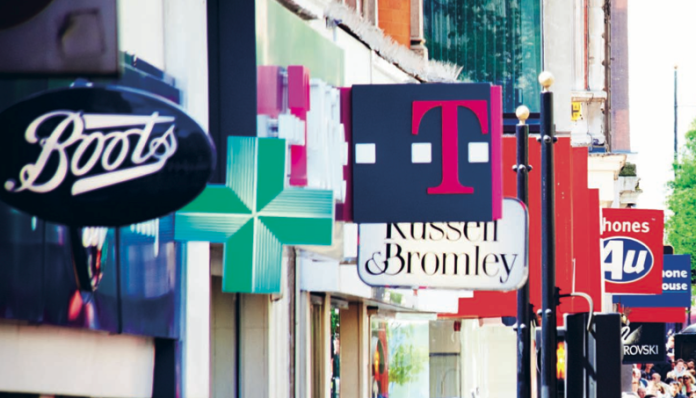Boosters can play an important role at the point of sale
The intricacies of running a retail or restaurant business commonly get overlooked by consumers and patrons, but there’s plenty more that goes into running an operation than clothing racks and menus.
That’s especially true when you start mixing businesses. Think about a Wells Fargo ATM at the local TGI Friday’s, a Redbox unit in front of a 7-Eleven, or a Dunkin’ Donuts franchise inside of a Wal-Mart. These businesses are great examples of ways the internet of things (IoT) changes how we live and work. However, these businesses aren’t affiliated with the venues they’re located at and need to process and approve credit card transactions. How can they make it work? The solution is a direct-connect cellular booster.
What’s a direct-connect cellular booster and how does it help?
Let’s consider the franchise inside of a Wal-Mart. That business needs to establish a cellular or internet connection to process its debit and credit card transactions. However, more often than not, an independent franchise is not permitted to use the Wal-Mart internet connection. Instead, they need to use an LTE modem to establish a strong cellular connection and process credit card purchases. Unfortunately, in-store cellular service often lacks the strength to properly process those transactions.
That’s where direct-connect cellular boosters come in. These machine-to-machine (M2M) boosters can be hardwired to a cellular modem located at any point-of-sale system taking credit card payments. A cable links the booster to the point-of-sale device and an antenna strategically positioned to optimize cellular signal.
Choosing the right M2M booster
There are number of M2M boosters to choose from, so it’s important to know which features are most important for your needs. Below are a few questions to ask as you’re determining the right fit for your retail business:
1. Is it set up to optimize cellular signal, including 4G LTE?
Some devices only boost up to 2G or 3G, so make sure to keep that in mind as you’re evaluating options.
2. Does it work with all wireless service provider networks?
Many boosters only work with one carrier, which means a separate booster is required for each additional network that needs boosting. It’s important to consider this when deciding between buying a booster that covers all networks or getting multiple units to cover the specific carriers that need boosting in your building.
3. Is it optimized to continue working even in the event of a power supply loss?
Power supply lost can be extremely detrimental to a business. To ensure everything continues to run smoothly, make sure to look for a booster that still maintains normal cellular signal in the event that it loses power.

